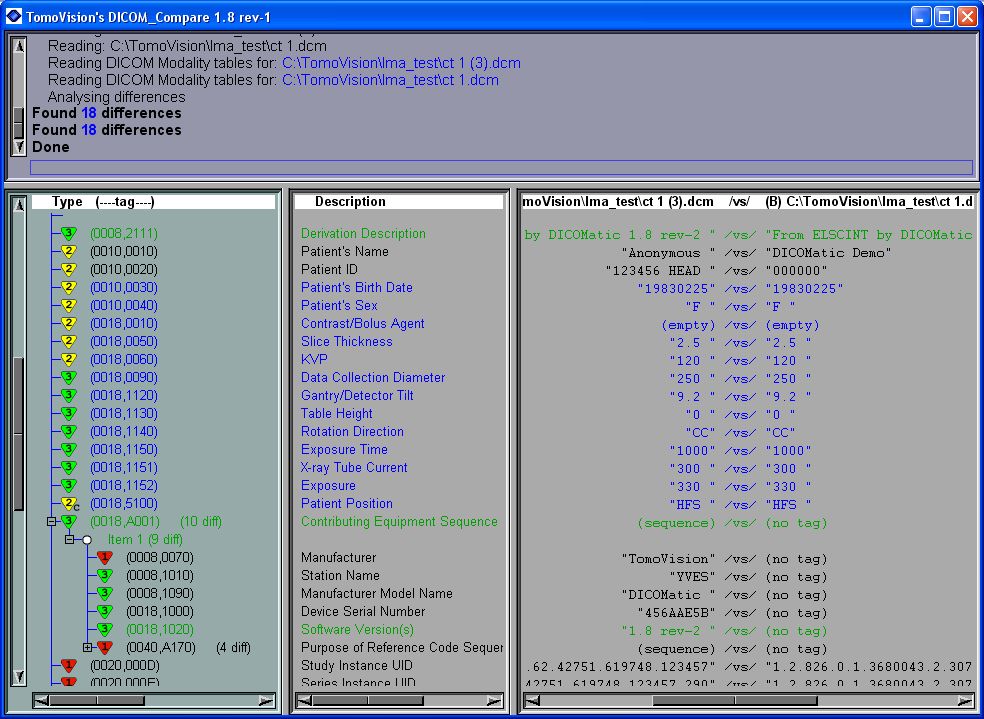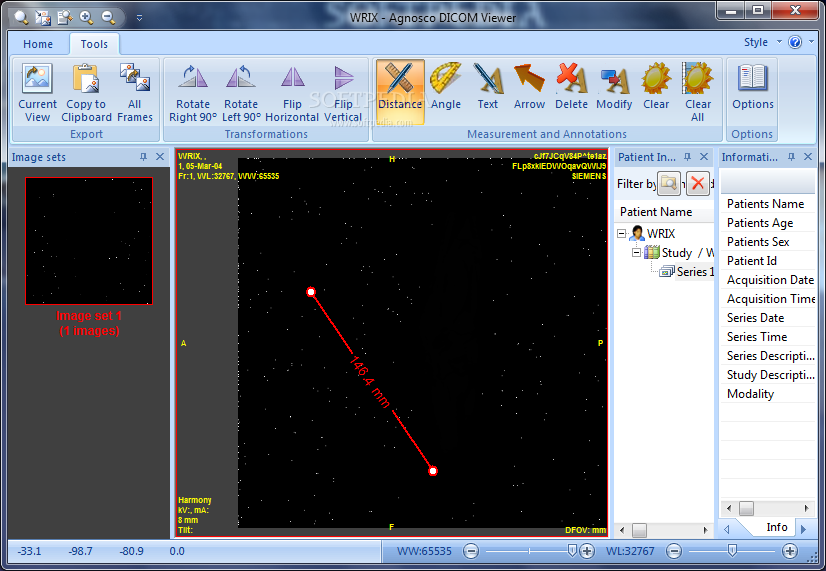

The process allows for separate models to be generated and/or points of interest isolated according to density e.g. The DICOM file exists as a series of many hundreds of cross-sectional slices taken through an area of the patient’s body via a CT scan the combination of all of these 2D cross-sections creates a 3 dimensional volume which can be processed into a file suitable for 3D printing. This process allows surgeons to experience an extra dimension when planning such procedures, and the ability to fully manipulate and explore the area of interest in the real world before commencing surgery. In this case the surgeon needed a 3D print to help visualise the surgery site and plan the procedure. File-set Updater: An Application Entity that accesses Files, creates additional Files, or deletes existing Files in a File-set. File-set Reader: An Application Entity that accesses one or more files in a File-set. In this short case study we show how we can convert DICOM files from a CT (computed tomography) scan of a patient awaiting dental surgery into an STL file which we can then 3D print. File-set Creator: An Application Entity that creates the DICOMDIR File (see section 8.6) and zero or more DICOM Files.

DICOM stands for Digital Imaging and Communications in Medicine and is a standard for handling, storing, printing, and transmitting information in medical imaging.

In this post we explain how we convert a DICOM file to a 3d model.


 0 kommentar(er)
0 kommentar(er)
